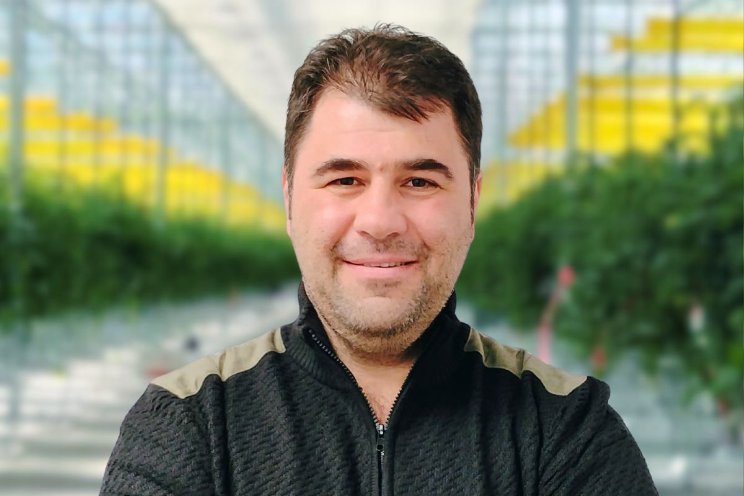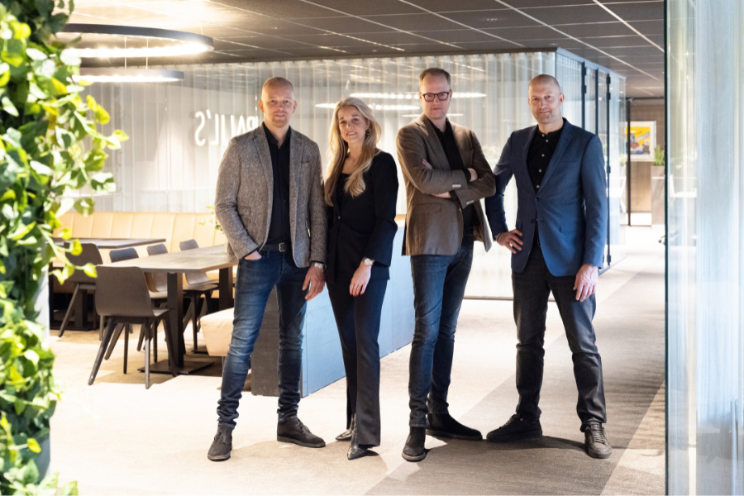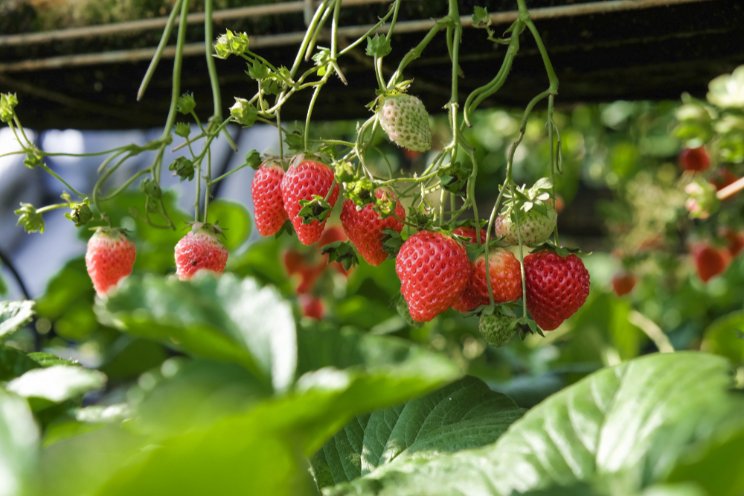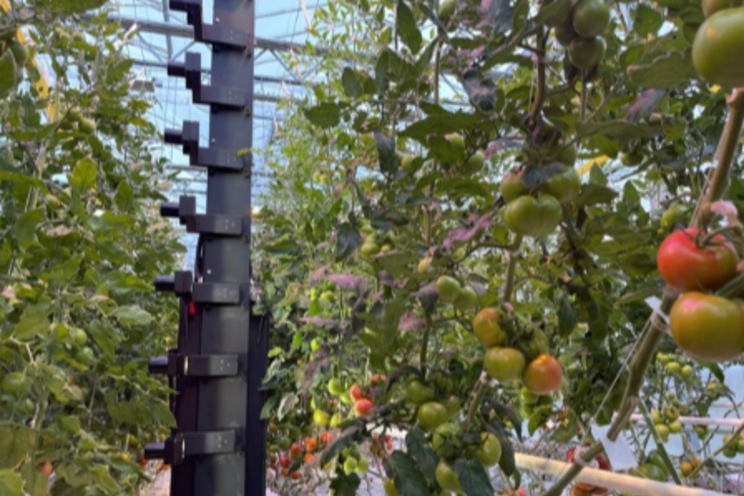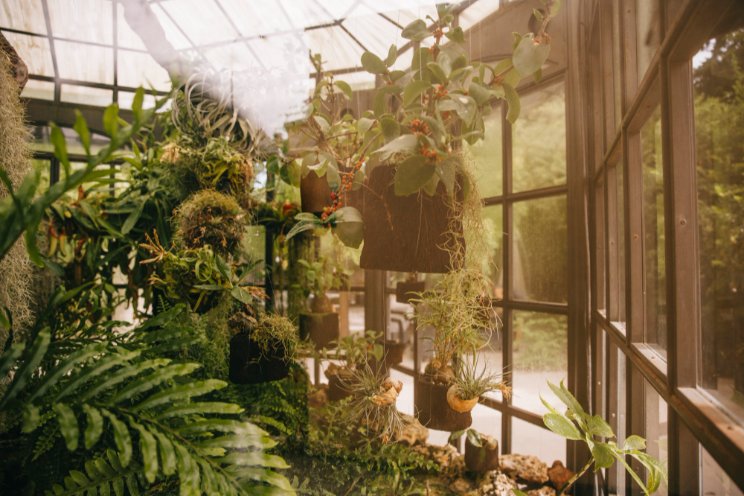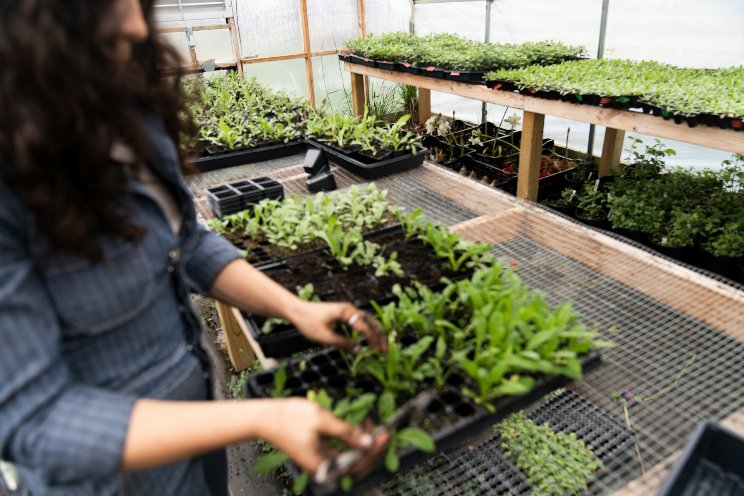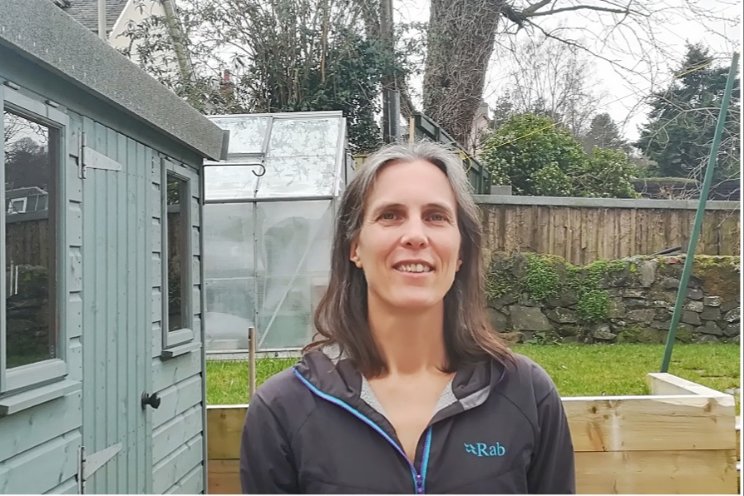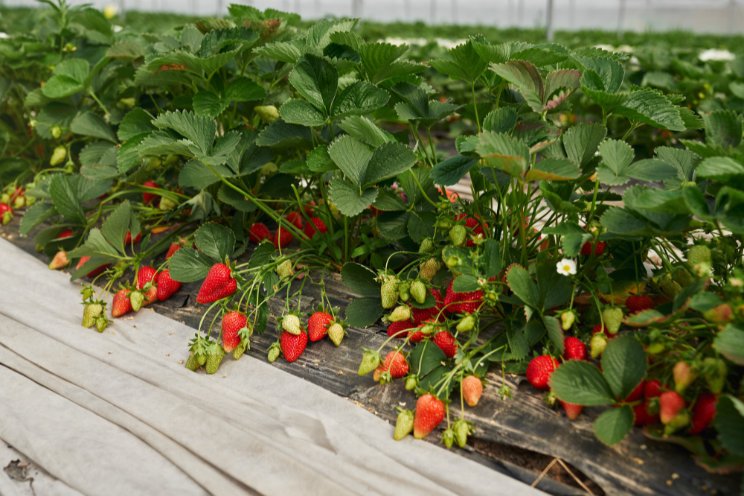Does using more smart sensors ensure better crop results?
Added on 25 October 2024
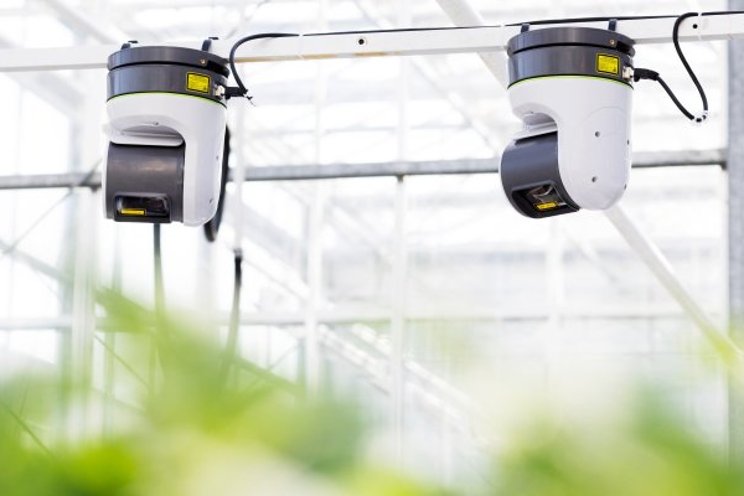
In Bleiswijk, dwarf tomatoes are currently growing in five greenhouse compartments controlled by AI algorithms developed by the teams who participate in the Autonomous Greenhouse Challenge. A sixth compartment is also growing dwarf tomatoes, but controlled with input from a team of WUR experts. One of these is researcher Pinglin Zhang. ‘Our compartment we also call the reference greenhouse. Cultivation here is also autonomously controlled, but without AI algorithms. We set up the greenhouse as a regular grower would control the greenhouse. With this reference, we can make a good comparison between the results of greenhouses controlled with AI algorithms and a greenhouse controlled in a commonly used autonomous way.’
More news
